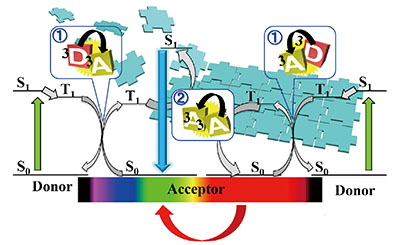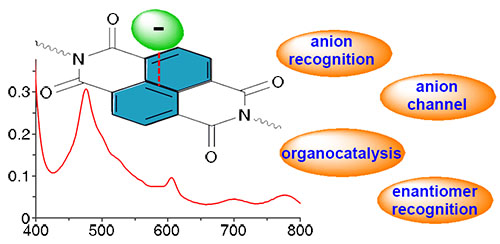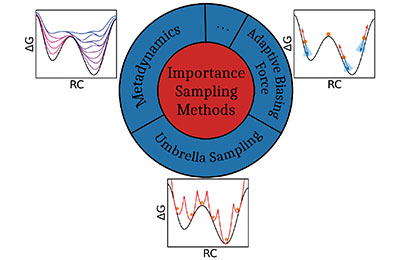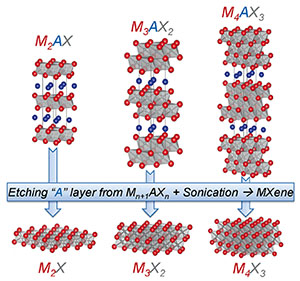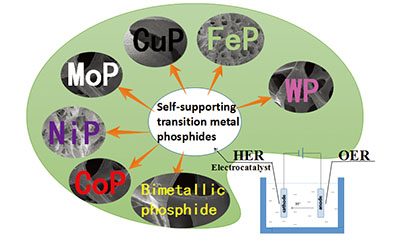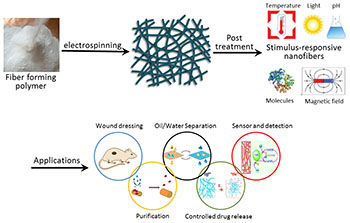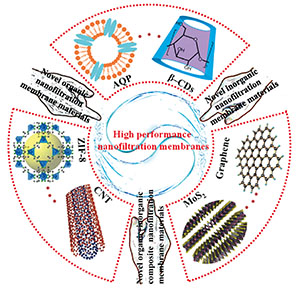Haochuan Chen, Haohao Fu, Xueguang Shao, Wensheng Cai. Importance Sampling Methods and Free Energy Calculations[J]. Progress in Chemistry, 2018, 30(7): 921-931.
Abstract
Molecular dynamics(MD) simulations with free energy calculations have been widely applied to chemistry, biology and material science. However, within the timescale of conventional MD simulations, ergodic sampling in phase space is limited due to high free-energy barriers. Insufficient sampling may, in turn, lead to poor convergence of the free energy calculations based on conventional MD simulations. Enhanced sampling is a powerful technique to overcome this difficulty, among which importance sampling method is the most representative one. In this paper, the principles and progress of four prevalent importance sampling methods, namely, umbrella sampling(US), metadynamics(MtD), adaptive biasing force(ABF) and temperature accelerated molecular dynamics(TAMD), are described and reviewed. In particular, the recent developments of ABF, such as the extended ABF(eABF) considered as the second generation of ABF, and the extended generalized ABF(egABF) methods designed for high dimensional sampling, are comprehensively summarized. The advantages and disadvantages of US, MtD, TAMD and ABF with their variants are presented and compared. Furthermore, challenges and outlooks for free energy calculation with importance sampling methods are discussed and prospected. Specifically, possible further improvements to current ABF methods, such as combination with accelerated molecular dynamics(aMD) simulations or string methods to enhance sampling efficiency in high-dimensional spaces are put forward.
Contents
1 Introduction
2 Umbrella sampling
3 Metadynamics
4 Adaptive biasing force
4.1 Extended adaptive biasing force
4.2 Extended generalized adaptive biasing force
5 Temperature accelerated molecular dynamics
6 Conclusion and outlook









